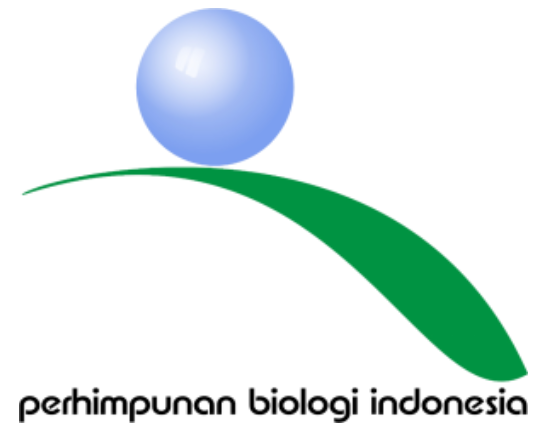CAVE BATS (YANGOCHIROPTERA AND YINPTEROCHIROPTERA) IN GUNUNG SEWU GEOPARK: STUDY OF KARST CAVES IN WONOGIRI REGENCY
DOI:
https://doi.org/10.21831/ijobi.v1i1.107Keywords:
Bats, Biodiversity, Biospeleology, Cave, Karst Gunung SewuAbstract
Indonesia is a country rich in biodiversity including flora and fauna. One of the high fauna diversity in Indonesia is the mammal. Some of these bats use karst caves as their roosting habitat. One of the karst areas in Indonesia is Gunung Sewu Karst. This study aims to learn more about the various bats that live in caves in the Gunung Sewu Geopark Area. This research was conducted in March-May 2023, in several caves located in the Gunung Sewu Geopark Area. Bats are caught using misnets and handnets. After they were captured, the bats were identified using Morphometry and the Shannon-Wiener index. Through another index, the Margalef index, the bat diversity in the tree cave habitats was expressed, with a discovery that there are many different species. Based on the similarity index, bats were categorized again using cluster analysis and the unweighted pair-group method using arithmetic averages (UPGMA). The entire analysis was assisted with software PAST ver 4.13. The species recorded from the three caves in this study amounted to 8 species of bats belonging to 5 genera and 5 families. Sodong Cave is a habitat with the highest level of diversity and distribution of species. All three habitats have low similarity. The existence of endemic and vulnerable species is a priority in protecting caves as their habitat and Gunung Sewu karst macroecosystems. By preserving the habitat, all biodiversity in it will be preserved.
Downloads
Downloads
Published
Issue
Section
License
Copyright (c) 2023 Indonesian Journal of Bioscience (IJOBI)

This work is licensed under a Creative Commons Attribution-NonCommercial-ShareAlike 4.0 International License.




















